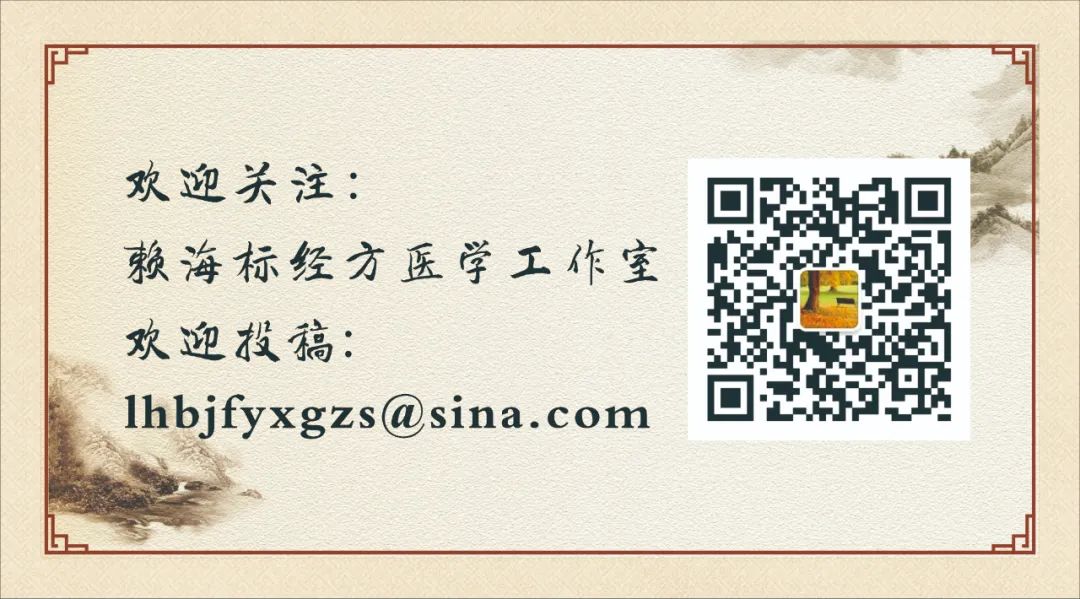



Discussion on Differentiating Syndromes Based on Deficiency and Excess
By Lai Haibiao
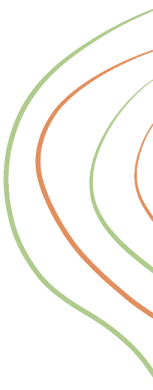

1. Differentiating Syndromes Based on Deficiency and Excess
In the “Su Wen: Treatise on Regulating the Menstrual Cycle”, it states: “All diseases arise from deficiency and excess.”
In the “Su Wen: Treatise on Febrile Diseases”, it states: “When the righteous qi is preserved within, evil cannot invade; where evil gathers, the qi must be deficient. Where there is extreme deficiency, it is where evil can invade.”
Deficiency of righteous qi is considered deficiency, while excess of evil qi is considered excess. All diseases can be differentiated from the perspectives of deficiency and excess: deficiency syndrome, excess syndrome, or a mixture of both.
2. How to Differentiate Deficiency and Excess in Clinical Practice?
Diseases can be classified into deficiency and excess. In clinical practice, deficiency and excess can coexist and transform into one another. Sometimes, accurately distinguishing between deficiency and excess is not easy. As Su Shi from the Song Dynasty said in “On Seeking Medical Diagnosis and Pulse Taking”: “In cases of extreme deficiency, there may be signs of excess; in cases of great excess, there may be signs of deficiency.” It is common to see deficiency signs appearing in excess syndromes and vice versa.
How to differentiate deficiency and excess in clinical practice? Taking the pulse as an example:
In the “Ling Shu: Channels”, it states: “The differentiation of deficiency and excess can be known through the pulse.”
In the “Ling Shu: Reversal and Order”, it states: “The rise and fall of the pulse indicates the surplus or deficiency of qi and blood.”
In the “Nanjing: Difficulties 61”, it states: “Examine the pulse at the cun position to observe its deficiency and excess.”
According to the “Jin Kui Yao Lue”, “The pulse should be taken for both excess and deficiency; excess indicates excess, while deficiency indicates deficiency. Thus, Ming Dynasty physician Zhang Jingyue proposed: “To observe deficiency and excess, one should not exceed the pulse and breath.”
Master Li Shimao, a national medical master, centered his clinical practice on pulse diagnosis, emphasizing the differentiation of pulse. He believed that the key to judging deficiency and excess through pulse diagnosis lies in the strength or weakness of the pulse. A strong pulse indicates excess, while a weak pulse indicates deficiency. The “Yi Zong Jin Jian” states: “The pulse of all diseases does not depend on yin and yang, floating or sinking, slow or rapid, slippery or rough, large or small; all strong pulses are excess, and all weak pulses are deficiency.” The “Four Essentials of Medicine” states: “Floating, sinking, slow, and rapid all have deficiency and excess; weakness indicates deficiency, strength indicates excess.” The “Pulse Study Compilation” states: “A strong pulse indicates a yang syndrome, while a weak pulse indicates a yin syndrome.” All these experts agree that a strong pulse indicates excess, while a weak pulse indicates deficiency, which is widely accepted.
3. Treatment Based on Deficiency and Excess
The “Complete Works of Jingyue” states: “All diseases, whether thousands or myriad, are not beyond deficiency and excess; the methods of treating diseases do not exceed attacking and tonifying.” By clearly distinguishing deficiency and excess, one can grasp the general direction of treatment, avoiding treating excess as deficiency and deficiency as excess.
The general treatment principle: Support the righteous qi and eliminate evil. Follow the situation to guide treatment, reducing excess and tonifying deficiency.
The specific treatment methods include eight approaches: sweating, vomiting, purging, harmonizing, warming, clearing, reducing, and tonifying.
4. Examples of Differentiating Syndromes Based on Deficiency and Excess
1. Fever
In the “Su Wen: Great Treatise on Yin and Yang Correspondences”, it states: “When yang is excessive, there is heat.” Fever can be classified into deficiency and excess types based on the dynamics of evil and righteous qi; from the source of heat, it can be divided into external and internal causes.
(1) Excess Heat Type:
Evil in the Taiyang: simultaneous cold and heat, pulse is floating and slow or floating and tight.
Evil in the Yangming: only heat without cold, pulse is wiry and large or deep and solid.
Evil in the Shaoyang: alternating cold and heat, or tidal heat, only heat, pulse is wiry.
Evil entering the Shaoyin: can transform into cold or heat. If it transforms into heat, it indicates water deficiency and fire excess, which can turn into a yang syndrome.
Evil entering the Jueyin: excessive heat can also transform into a yang syndrome.
(2) Deficiency Heat Type:
Qi deficiency: the emperor fire is unclear, the minister fire takes its place, and the already deficient qi floats and becomes heat.
Blood deficiency: qi loses its support, qi floats and becomes heat.
Yang deficiency: internal cold is excessive, blocking yang from the outside, resulting in heat.
Yin deficiency: yin cannot control yang, yang qi floats and becomes heat.
2. Cough
The general pathogenesis of cough is the failure of the lungs to disperse and descend, leading to the upward rebellion of lung qi. Lung qi deficiency can lead to cough due to the inability to disperse and descend; evil qi obstructing the lungs can also cause cough due to the inability to disperse and descend. The “Three Character Classic of Medicine: Cough” states: “Cough does not stop at the lungs, but is also not separate from the lungs.” The “Su Wen: Treatise on Cough” states: “All five organs and six bowels can cause cough, not just the lungs.” Cough can be seen in lung channel diseases, as well as in other organ diseases affecting the lungs, leading to the upward rebellion of lung qi, which is why it is said: “All five organs and six bowels can cause cough.” Cough caused by lung channel diseases can be treated by focusing on the four principles of “dispersing, descending, moistening, and restraining.”
3. Spasm
Spasm is characterized by stiffness of the neck and back, and convulsions of the limbs, caused by the contraction and pulling of the tendons and meridians. As Wu Jutong stated in “Differentiating Warm Diseases: Resolving Difficulties in Children”: “Spasm is a tendon disease. Knowing that spasm is a tendon disease is half the battle.” The physiological conditions for the tendons to be flexible are: one is the warming of yang qi, and the other is the moistening of yin blood.
Classification of spasms: one is due to evil qi obstructing the meridians, preventing the smooth flow of qi and blood, causing the tendons to lose the warming of yang qi and the moistening of yin blood, leading to spasms, which is considered excess spasm, including six excesses, seven emotions, qi stagnation, blood stasis, phlegm dampness, and food accumulation. This is what the “Ling Shu: True Evil of Needle Insertion” states: “The virtual evil is among people… if it strikes the tendons, it leads to tendon spasms.” The second is due to yang qi deficiency or insufficient yin blood, which cannot warm and nourish, leading to spasms, which is considered deficiency spasm. Both deficiency and excess spasms can be classified into cold and heat, hence Wu Jutong stated: “Spasms have four major categories: cold, heat, deficiency, and excess.”
4. Pain
The causes and mechanisms of pain can be considered from two aspects: obstruction leads to pain, and lack of nourishment leads to pain. Obstruction is considered excess: six excesses, seven emotions, qi stagnation, blood stasis, phlegm dampness, food accumulation, etc., obstruct the flow of qi and blood, leading to pain, which is more pronounced. Lack of nourishment is considered deficiency: deficiency of righteous qi leads to the inability to circulate, resulting in yang qi unable to warm and yin blood unable to moisten, leading to pain, which is less pronounced. The combination of obstruction and lack of nourishment is also commonly seen.
5. Dizziness
The head is the “meeting of all yang”, relying on clear yang for nourishment; the “brain is the sea of marrow”, relying on kidney essence for nourishment. Deficiency syndrome: deficiency of yang qi or kidney essence leads to an inability to nourish the head, resulting in dizziness, as stated in the “Ling Shu: Guarding Qi”: “When the upper is deficient, there is dizziness.” Excess syndrome: evil qi obstructs, preventing yang qi and kidney essence from nourishing the brain, which can also lead to dizziness, as stated in the “Su Wen: Great Treatise on True Essentials”: “All winds causing dizziness belong to the liver.”
6. Sweating Disorders
In the “Su Wen: Treatise on Differentiating Yin and Yang”, it states: “Yang added to yin is called sweating.” Sweat is the fluid of the heart, and sweat and blood share the same source.
Clinical differentiation can be analyzed from the perspectives of deficiency and excess:
Excess syndrome: excessive yang forces fluids, and excessive yin leads to damp accumulation, both of which can cause excessive sweating.
Deficiency syndrome: yang deficiency leads to instability, and yin deficiency leads to excessive yang, both of which can cause excessive sweating.
7. Insomnia
The heart houses the spirit, and the heart governs consciousness. Yang enters yin to sleep, while yang exits yin to awaken.
In the “Ling Shu”: “Guarding qi circulates during the day in yang and at night in yin, thus when yang qi is exhausted, one sleeps, and when yin qi is exhausted, one awakens.”
In the “Ling Shu: Needle Explanation”: “The spirit is the righteous qi.”
In the “Su Wen: Treatise on Vital Qi”: “Yang qi nourishes the spirit.”
The heart spirit relies on the nourishment of righteous qi; therefore, any factors that can affect the nourishment of righteous qi to the heart spirit can cause insomnia. The inability of yang to enter yin can be considered from three aspects: one is excessive yang not entering yin; two is excessive yin not receiving yang; three is evil qi obstructing, preventing yin and yang from interacting.
Differentiation can be considered from the perspectives of deficiency and excess: deficiency indicates a lack of righteous qi, unable to nourish the heart spirit, leading to insomnia; excess indicates evil disturbing the heart spirit, causing anxiety and inability to sleep. In clinical practice, insomnia is often seen as a mixture of deficiency and excess.


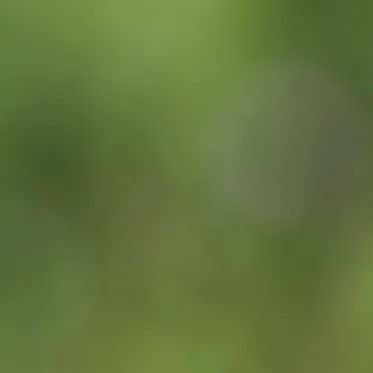


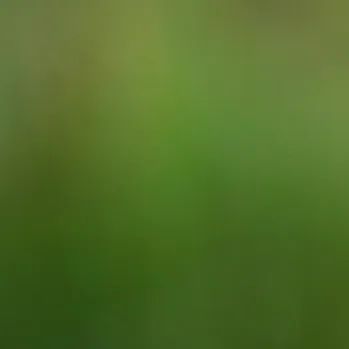
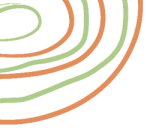
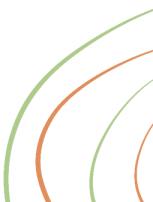

Warm Reminder: This article from our public account aims for academic discussion and exchange. It is not recommended to directly use the treatment methods mentioned in the text. Please consult a professional doctor or visit a medical institution for treatment. Thank you for your understanding and support!
